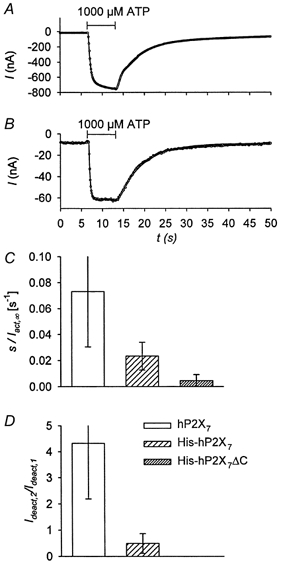Figure 5. Kinetics of mutated hP2X7 receptors.

A and B, examples of ATP-activated currents of His-hP2X7 and His-hP2X7ΔC, respectively. The relation of the slope of the linearly activating current to the steady-state amplitude of the exponentially activating current, s/Iact,∞, was calculated as 0.019 and 0.0006 s−1 and the relation of the initial amplitudes of the fast and slow deactivating current, Ideact,2/Ideact,1, was determined as 0.4 and 0.0 for A and B, respectively. For further explanation, see Fig. 1. C, relation of the slope of the linearly (s) to the exponentially (Iact,∞) activating current approximated according to eqn (1). D, relation of the amplitudes of the fast (Ideact,2) to the slow (Ideact,1) deactivating current as fitted by eqn (2). Currents were activated by 1 mm ATP in divalent-free oocyte Ringer solution. The means (from 9 to 25 oocytes) are statistically different in C and D.
